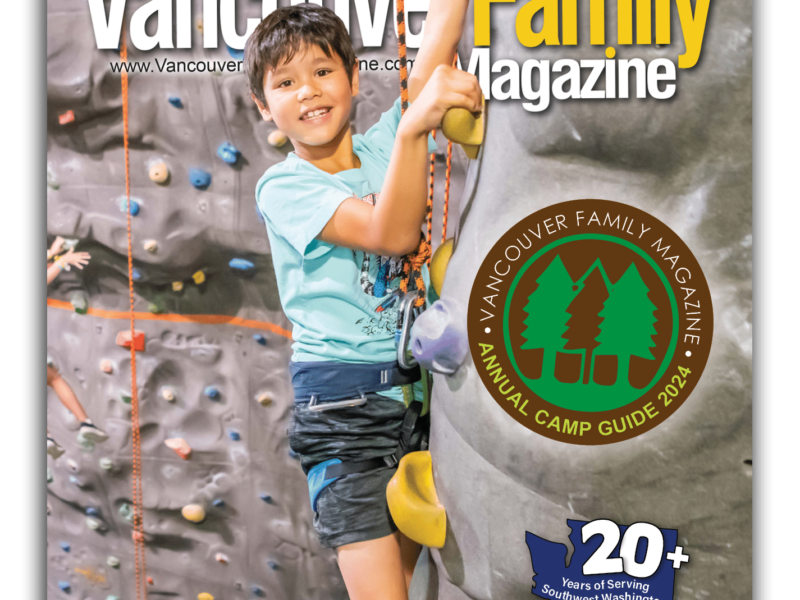
The New Domesticity: Honoring the End
I was in upper elementary school when I decided to write the story. It seemed as simple as coming up with a plot, grabbing my wide-ruled notebook paper, sharpening my trusty Ticonderoga pencil, and blazing my way through a gripping narrative. The plot, naturally, would center around a family’s westward journey across the Oregon Trail. The heroine, naturally, would be an 11-year-old girl with a calico sunbonnet, long brown braids, summer-bronzed skin and an adventuresome spirit. (You would be right if you guessed I was an avid student of all things “Little House on the Prairie,” not to mention the Oregon Trail computer game we occasionally played at school.)
In my story, the family would journey across the rugged terrain and encounter hardships, though the hardships wouldn’t be too hard. (I chose to be blissfully ignorant of dysentery and starvation.) The father would be a wise family leader, the mother would give birth to a healthy baby along the way (no hardships there), and the 11-year-old girl would write all about it in her journal, sharing a warm and winsome glimpse into the (not-too-hard, mind you) westward journey.

Now, many writers are familiar with the maxim, “Write what you know.” As a young schoolgirl, it didn’t occur to me to heed this advice. But it didn’t really matter. In my mind, I knew all about the Oregon Trail. (After all, I did own a calico dress and I did enjoy reading by candlelight.) More importantly, I knew that, if I wrote about a family’s westward journey, my narrative would have a tidy, linear plotline: the beginning, middle and end would be pretty straightforward, saving me the mental anguish of creating a brand new plot out of nothing. The beginning of the story would be set in the east. The middle of the story would follow the family across the wide and vast lands. And, with much joy and celebration, the end would find the family neatly nestled in their cozy new western home.
Now that I’m decades removed from that writing project, I smile a bit over my youthful ambition—and ignorance. But I have to admit, my eager little self was grasping at a core truth, though I wouldn’t have known to articulate it at the time: our lives are driven by the stories we live every day, and we find comfort in the reassuring pattern of the beginning, middle and end of each story. The pattern cycles again and again throughout our lives. Sometimes the cycles are small blips on our timeline, like the beginning, middle and end of a family vacation. Sometimes the cycles span many seasons, like the beginning, middle and end of a child’s education.
This past year has been marked by many unique stories, stories we will share with our children, grandchildren and even great-grandchildren for years to come. Part of the strangeness of this season, however, is that the “endings” have not been as marked as they have been at other times in our lives. Take, for instance, graduation, which is usually an “end” celebrated in large, triumphant gatherings. This year, thousands of students quietly saw that end go by with very little pomp and circumstance. Yet the end was still very important. Really, all endings are worth acknowledging, and it can be helpful to guide our children in doing so.
Read the rest of this article in the full digital issue below.





